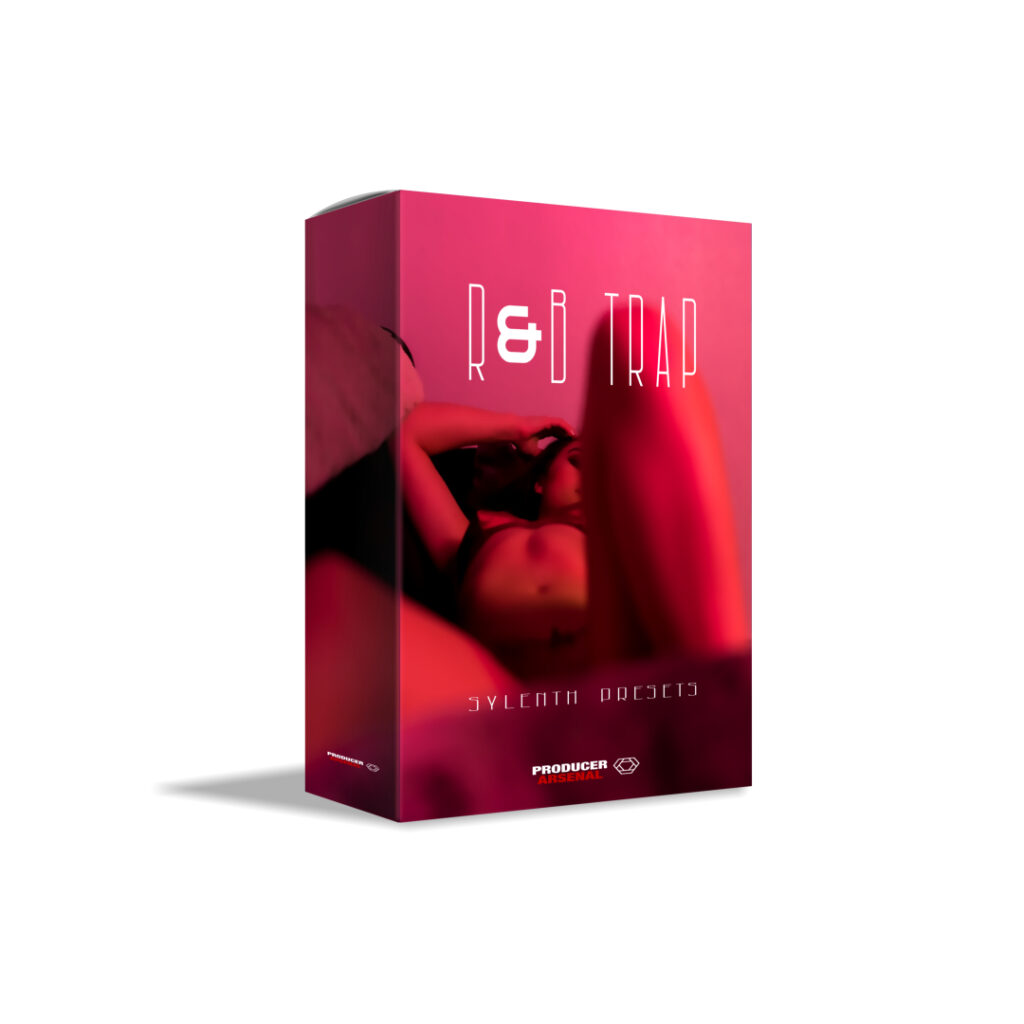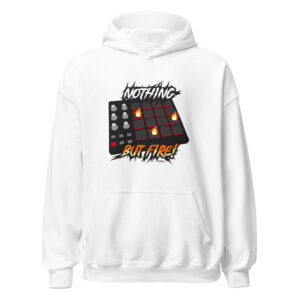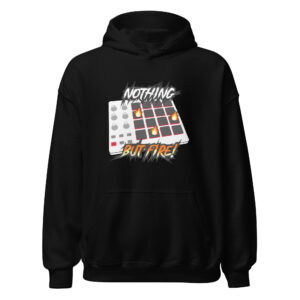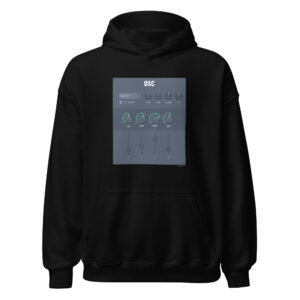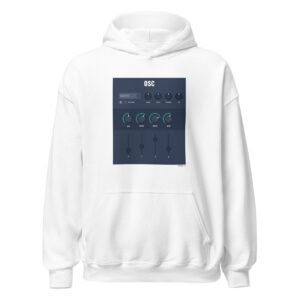Tips on Mixing and Mastering in a home studio
They say that A home studio can’t be used for mastering. We beg to differ. It can be done. Although this post may not be specific to mastering, there is definitely some tips that correlate to mastering. The tips below will set you up for success and great studio flow.
1. If you have a home studio your room already fights against your mix cause it’s not built for mixing environments.
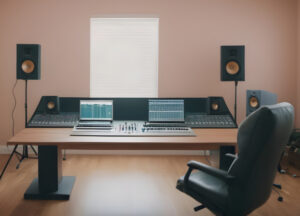
Try to use things that deaden the sound. Blankets, Auralex studio treatment, Carpets, books in book shelves work really good believe it or not.
2. Best to have a great mono or even stereo mix first.
Get the mix closest to how you want the song before mastering. Do not use mastering plugins yet Use eq, compression, gates, de-esser, on vocals.
3. vocal recording tip.
Try not to have the client use the headphones to loud. you don’t want it to bleed in to the
mic. this gives you a clear vocal track. Also solo the vocal while applying eq to get a good feel of what the vocal
sounds like. You can also get a good feel for any noise that you may have to reduce.
4. Utilize sub groups or sub mix to better organize your track.
Also naming your Audio regions and tracks can make your day easier and your session quicker. At Prymus audio we can mix very quickly due to our multiple varied settings and naming conventions.
5. With Bass, try to bring the hi end down.
Focus on making the bass sound good , clear and clean and not to loud.
you do not want to let the bass fight for hi end space with other sounds or vocals. try using a spectrum analyzer to
view the frequencies. This can help. It may take time to learn but that’s ok. it’s worth it.
6. Using Mastering Tools on separate tracks or busses can be useful when you want to separate certain mastering techniques on certain parts of the track.
(eg:) A vocal track may sound low but the eq was right. You might pull
out the maxim Limiter in Pro Tools to make the vocal just a bit louder.
Don’t over do it though. Use this method with subtly.
Here’s a quick tip.
Check out presets that your DAW may have. The engineers whom created your daw know what they are doing. You can use it as a stepping stone. Some people are against presets. Some people live by it. So take it with a grain of salt.
7. Hear the results correctly.
when Using plugins, eq, and any other filters and mastering plugins it is good practice to actually tweak it to the extreme to understand the actual result of the certain band your using. Then tweak down to the desired result. this is a quick way to learn the
results and you get used to doing it. so you become faster as a producer
8. Listen to the mix in mono.
Most DAWs have a mono button on the master track. Also hear the mix on different speakers, in the car and different
listening environments.
9. Mix is too bright
In todays music and commercial sound, having a bright sounding mix is definitely in. However, you can over do this. The human ear is
sensitive to high frequencies particularly between 2khz and 5khz. Every producer and engineer gets tempted to reach these levels when
trying to make certain parts stand out.
But one should never over do it. Like we said in this article before.
Try going extreme and then tweak downward to get the desired sound. Make sure nor to make it to bright and harsh. There is such a thing of using to much high end.
There goes your industry sounding mix!
10. What to do if the mix sounds muddy. Yes it has happened to us too.
It just might be a good mix. but it sounds a little muddy and you’re wondering why. you might have to go and cut some low ends down a little.
But many times the culprit is too much mid range frequencies being bunched. You can bring those down a bit. Also running a high pass filter on
those frequencies that might be muddying up the track instead of bringing them down.
11. Try mixing a harmony of vocals as practice and do practice sessions of using plugins and effects.
Doing practice sessions can really give you the experience of trying things that you can use later in your music or your clients projects.
12. Make your own mixing presets. It’s good practice to create your own mixing presets. You can use these for quick mixing sessions and recording sessions.
13.Mastering Channel : what to use.
If you’re using a Limiter to cut off clipping and on the master channel. Take it off. Clipping should be handled on the individual channel or sub channels. Like we said before, You should have a good mix and clear of clipping before you even use any
mastering tools.
We hope that you found this article to be helpful. Remember there’s always something new you can learn and apply. Happy Mixing!
